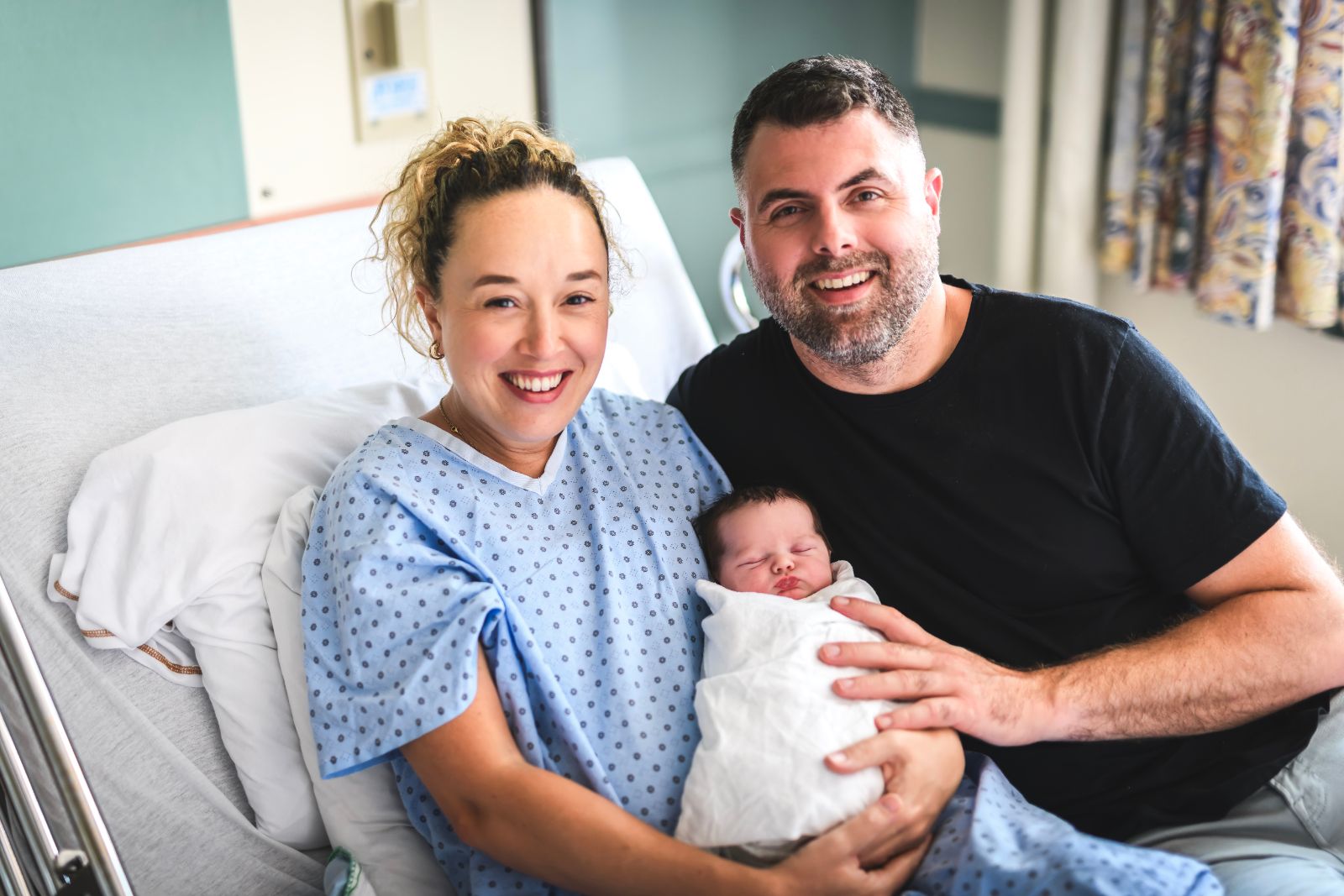Reciprocal IVF
Lesbian couples, or couples where one or both partners are transgender men, have a range of fertility options to start their families. One of the most exciting is called reciprocal IVF.

How Does Reciprocal IVF Work?
Historically, lesbian couples have used some version of artificial insemination (intrauterine insemination or IUI), choreographed to sync with the gestational carrier’s cycle. This could be done at home (the proverbial turkey baster method) or in a clinic where things are more precisely controlled, using donor sperm from a known or anonymous source. While this has worked for decades, it can leave the non-carrier feeling like a lovingly supportive witness, rather than an intimately connected participant. Reciprocal IVF allows both partners to be biologically connected to the baby; the non-gestational carrier donates her eggs, while the gestational carrier participates in IVF, using fertilized embryos from her partner’s egg(s) and donor sperm. This technique can be used again, in the same way, if you choose to have more than one child OR couples have the option to reverse roles, giving each one the chance to carry the baby and contribute her eggs for subsequent pregnancies.Deciding Who Carries and Who Contributes the Eggs
During your fertility consultation, we’ll run through a range of considerations to help you determine who should contribute the eggs and who should be the carrier – particularly the first time around – to optimize chances of fertility success. Considerations include:
- Maternal age (if one partner is 36-years or older, we typically recommend the younger woman contribute the eggs)
- General health and medical history
- Family medical/reproductive history
- Plans for future pregnancies
Fertility Testing for Both Partners is Recommended
We highly recommend that both women (or a woman and a transgender man) go through the same fertility testing as heterosexual couples do. There have been multiple cases where fertility test results indicated an infertility factor that caused a shift in the original plan. For example, a uterine abnormality or markers for a genetic defect may determine which “role” is best in terms of who contributes the egg and who carries the baby. If neither individual has fertility concerns, you can decide which partner will have which role in the reciprocal IVF process, largely based on which partner is the most excited to experience pregnancy, labor and delivery.Reciprocal IVF is the Same as Standard IVF
Ultimately, reciprocal IVF works the same way standard IVF procedures do. You have two options:Syncing reproductive cycles for fresh embryo transfer
If you opt to use fresh embryo transfers for IVF, we’ll use oral medications to sync your menstrual cycles in alignment with the IVF timeline. The partner who’s donating her eggs undergoes ovarian stimulation via fertility medications, followed by an egg retrieval appointment. Once the eggs have been retrieved, we’ll fertilize them in the embryology lab using the donor sperm you’ve selected. Once the eggs are fertilized, you have the option to have them tested for potential chromosomal or genetic abnormalities (PGS/PGD), so only the healthiest embryos are transferred. The embryo or embryos (depending on your preference) are transferred into the gestational carrier. After the two week wait, you’ll find out if you’re embryo has implanted.Using frozen embryos
Some couples opt to use frozen embryos, which frees up the timing of when eggs are retrieved and transferred. In this case, we’ll work with your scheduling preferences and use fertility medications to facilitate the egg retrieval for the woman contributing her eggs. When you’re ready to conceive, we’ll time the egg transfer with Day 5 after ovulation (mimicking Mother Nature’s average timing for fertilized egg implantation). As with fresh embryo transfers, you wait 14-days, after which you come in for your pregnancy test. If all goes well, receive positive pregnancy test results.How Much Does Reciprocal IVF Cost?
The cost of reciprocal IVF is more expensive than IVF for a few reasons. Additional costs include:- Donor sperm fees
- Legal fees (legalities around reciprocal IVF vary from state to state so you are wise to seek legal counsel and have legal paperwork filed with the court that ensure both of you are recognized as legal parents, as well as the legal rights to the resulting embryos)
- Fertility medications (often, reciprocal IVF results in twice the amount of fertility medications)





















